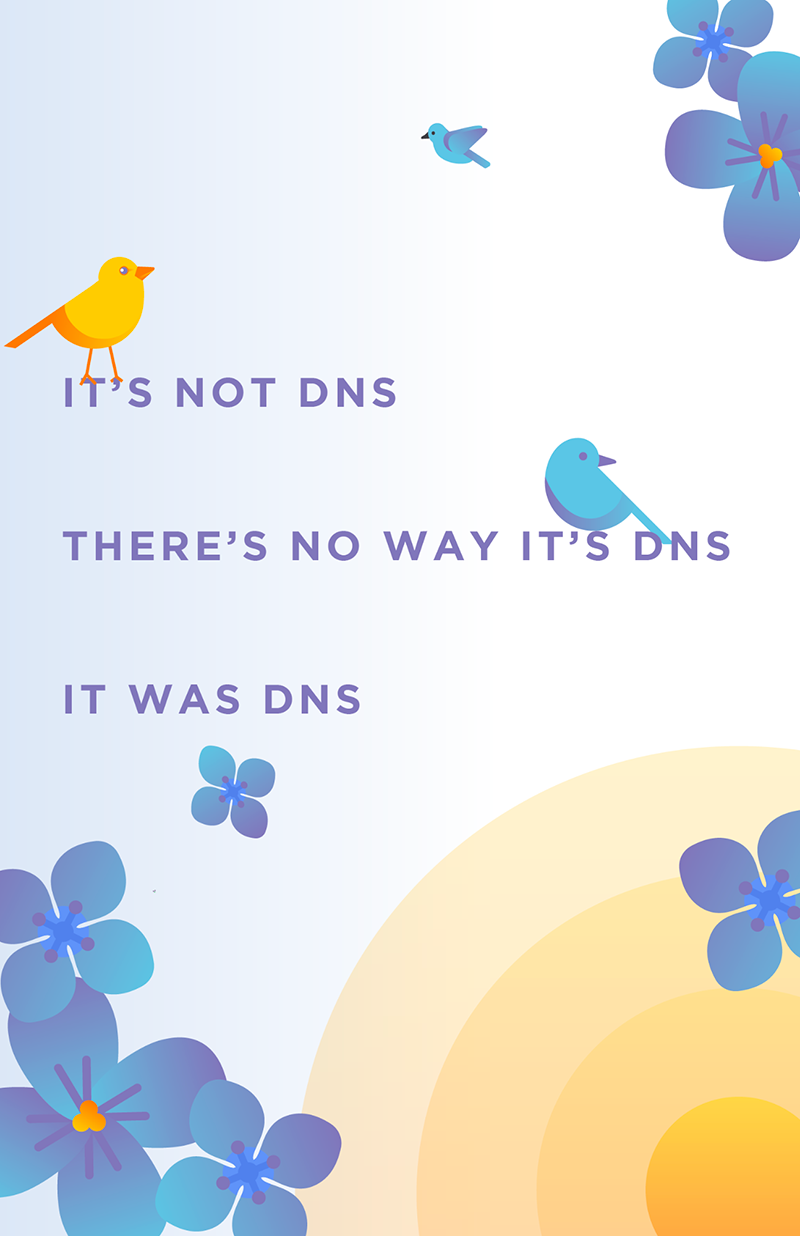Announcing Foundation DNS — Cloudflare’s new premium DNS offering


Today, we’re announcing Foundation DNS, Cloudflare’s new premium DNS offering that provides unparalleled reliability, supreme performance and is able to meet the most complex requirements of infrastructure teams.
Let’s talk money first
When you’re signing an enterprise DNS deal, usually DNS providers request three inputs from you in order to generate a quote:
- Number of zones
- Total DNS queries per month
- Total DNS records across all zones
Some are considerably more complicated and many have pricing calculators or opaque “Contact Us” pricing. Planning a budget around how you may grow brings unnecessary complexity, and we think we can do better. Why not make this even simpler? Here you go: We decided to charge Foundation DNS based on a single input for our enterprise customers: Total DNS queries per month. This way, we expect to save companies money and even more importantly, remove complexity from their DNS bill.
And don’t worry, just like the rest of our products, DDoS mitigation is still unmetered. There won’t be any hidden overage fees in case your nameservers are DDoS’d or the number of DNS queries exceeds your quota for a month or two.
Why is DNS so important?

The Domain Name System (DNS) Continue reading